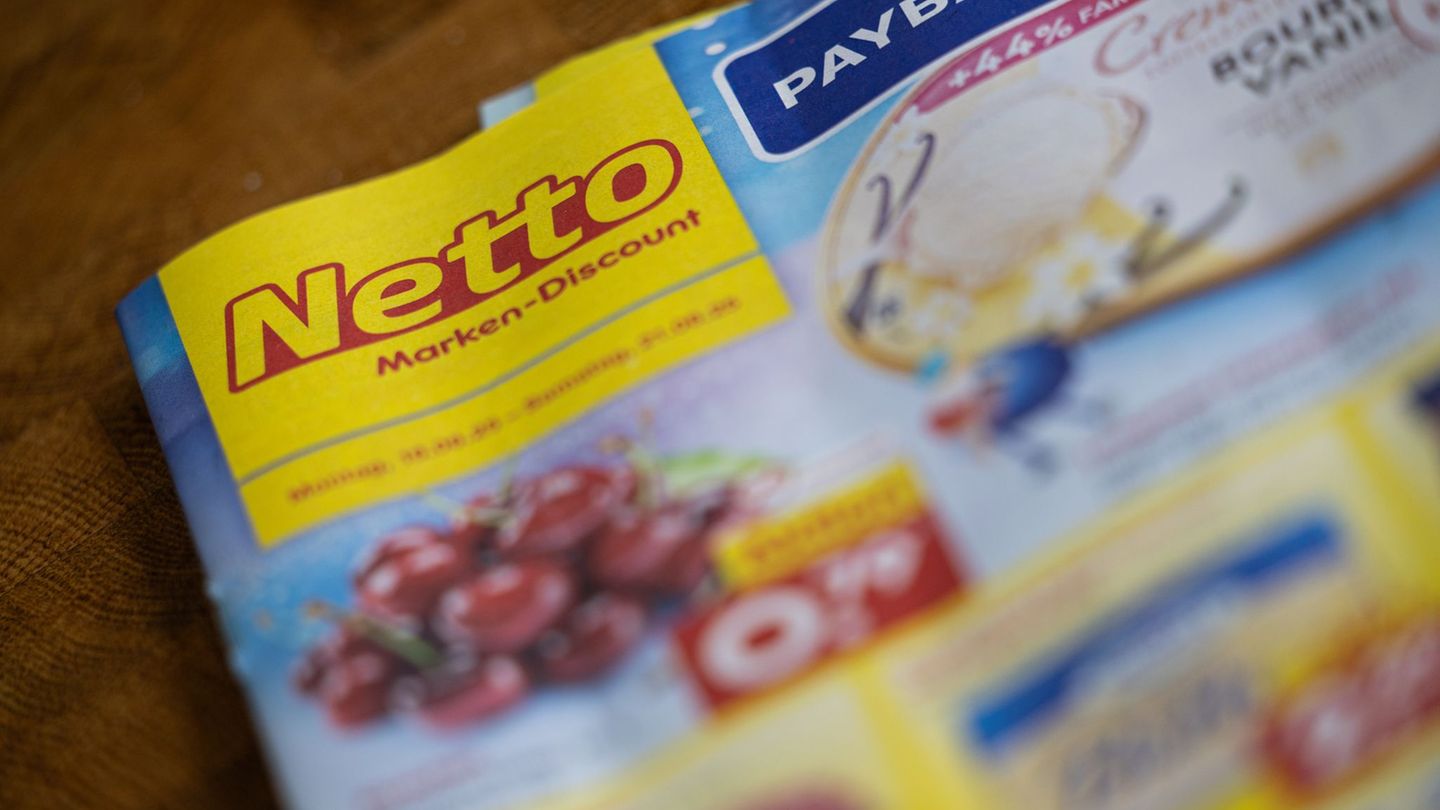The Board of Directors of the Central Bank (BCRA) will have to define shortly If you turn on “the little machine” to make money or if it maintains its policy of freezing the amount of money in the economy. If I had to do it, it’s obvious that the cause will not be to finance fiscal deficit, but for other rather monetary reasons: there is a lack of pesos, The Treasury has strong maturities ahead this year and, as a result, may have problems renewing.
Belts are already adjusted on the market. The president of the BCRA, Santiago Bausili, defined several months ago that the expanded monetary base would be frozen at $47.7 trillions, as an instrument to stop inflation. To the extent that this stability is achieved, it appeared private credit, which now demands pesos and competes with the Treasury.
What the Expanded Monetary Base is about. It is the totality of the money in the economy, which includes, in addition to currency and deposits, the BCRA’s debts with banks and different actors in the financial system. It is one of the so-called “monetary aggregates”. In some “normal” countries, for example, to control inflation, the authority tries to regulate the levels of aggregates, without establishing exchange controls.
A problem for debt placement
After months of freezing, According to the consulting firm 1816, the problem that the Government may face soon is that if the amount of money remains fixed, it will cost it to renew the debt in national currency.l.
“The lack of liquidity in pesos was felt again at the end of December and we hope that the government will soon define whether it will extend the limit of the broad monetary base of $47.78 trillion,” indicates the 1816 report. According to the consulting firm, If it remains in the same line, it is likely that endogenous dollarization will appearthat is, people take out dollars to make common transactions due to the lack of local money. It must be remembered that recently The government established facilities so that supermarkets and large chains can display prices in North American currency, and pay in the same currency.
The litmus test is coming for the Treasury
In the market it is pointed out that what is not taken into account is that although the expanded monetary base remains stable, it includes high surpluses of money. For example, in 1816 they considered that the low stock of Treasury deposits in the Central Bank, in local currency, had to force the entity’s board of directors to make a decision.
One of the litmus tests for the new context is the first of the tenders of the year will be on January 15 in which the maturities amount to $2 billion, mainly explained by a LECAP (S17E5 for $1.65 billion). The conditions will be known 48 hours before the contest.
In the market they maintain that this problem was going to appear sooner or later, because the BCRA decided last year to transfer its debts to the national government.
According to some operators, there are still surpluses of pesos, whichThey are in the form of Liquidity Fiscal Letters (LEFIS) and as deposits in the Central Bank. In this sense, some warn that The last dollars that the Treasury bought to pay the January maturities were not acquired with a fiscal surplusbut with surplus pesos. What is going to happen, they warn, is that when the January commitments are paid, The Government is going to run out of money, but with the debt it contracted from the market to withdraw the surplus currency.
Some suppose that Bausili should not change its policy (because it would be a bad signal to operators). That in turn has to force the economic team to redouble efforts to extend the 2025 maturities as long as possible to be able to meet the commitments with a fiscal surplus, in the event that private credit continues to grow.
Source: Ambito
David William is a talented author who has made a name for himself in the world of writing. He is a professional author who writes on a wide range of topics, from general interest to opinion news. David is currently working as a writer at 24 hours worlds where he brings his unique perspective and in-depth research to his articles, making them both informative and engaging.




